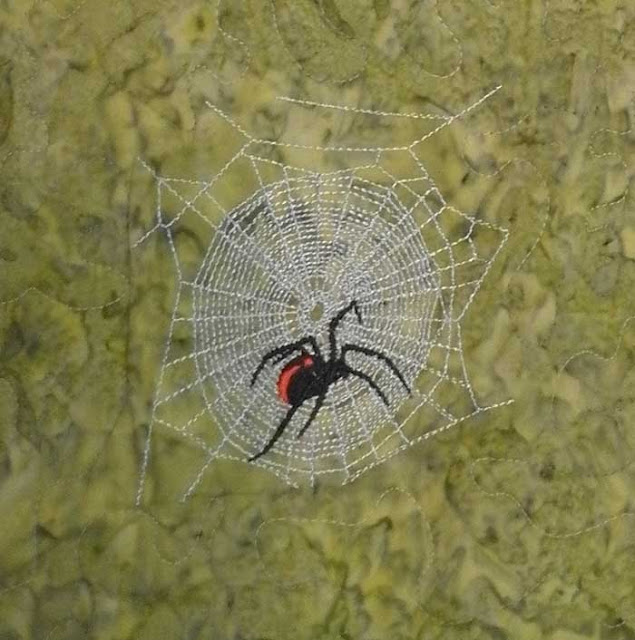 60-85 percent of human-made material found on shorelines consists of micro fibers from clothing. (source)
60-85 percent of human-made material found on shorelines consists of micro fibers from clothing. (source)
Plastic clothing has become the norm. From lingerie to outdoor gear, synthetic garments fill shops and wardrobes, cling to bodies and households.
Synthetic fabrics (
polyester, acrylic, nylon, rayon, acetate, spandex, latex, etc) are convenient and just require a quick spin.
The bright, fashionable colours of the season make the textiles obsolete by the time they leave the shop.
Mending is out in a throw-away society. Mountains of old rags go into 'landfill' or end up in smelly second hand shops.
Synthetic and some natural fibers are often pickled in chemicals:
toxic dyes,
flame retardants,
nano -silver and other chemicals in
stain-proof textiles and waterproof clothing.

Garments that are washed by hand or
machine shed fibers and chemicals/detergents into the water. As there is a paucity of sewerage systems in rural areas like Bellingen and the mid north coast, the effluent drains into the catchment.
"Wastewater from domestic washing machines demonstrated that a single garment can produce 1900 fibers per wash." (
source)
The shed micro fibers reach the shorelines. They are "micron-scale synthetic fibers, mostly polyester and acrylic, in sediments along beaches the world over." (
source)
The invisible contamination of soil, water catchment and marine habitat with
microplastic enters the food chain of all living creatures.

Natural fibers, untreated and of organic origin produced and tailored under
ethical conditions (no
land grab or
exploitation) is the right choice to make...
Sources:
Accumulation of Microplastic on Shorelines Woldwide: Sources and Sinks
The Damage I Cause When I Wash My Clothes
Chemicals in clothing, Choice
Two-thirds of new clothing is plastic
Updates:
What does micro plastic less than 1mm do to animals?
Linking effects of anthropogenic debris to ecological impacts
Mark Anthony Browne, A. J. Underwood, M. G. Chapman, Rob Williams, Richard C. Thompson, Jan A. van Franeker, Published 22 April 2015.DOI: 10.1098/rspb.2014.2929
Chris Wilcox, Erik Van Sebille, and Britta Denise Hardesty.
Threat of plastic pollution to seabirds is global, pervasive, and increasing. PNAS, August 31, 2015 DOI: 10.1073/pnas.1502108112
( 99 per cent of the world's
seabirds species will be ingesting plastic by 2050 if current marine pollution trends continue. They starve to death from plastic fibres from synthetic clothes an other 'junk food'.)
or
Almost all seabirds to have plastic in gut by 2050, CSIRO
















